Series: How did James Clerk Maxwell change our world? [ part 1: Life and time ]
James Clerk Maxwell lived in the 19th century. Born on June 13, 1831 and died on November 1879. He was a Scottish, one of the great scientists of the century. He was the century pioneer in physics and chemistry who beautifully articulated the idea of electromagnetism.
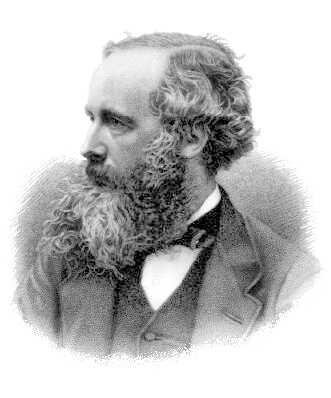
source
If not for Maxwell, many of us reading this piece via our smart phones wouldn't know the theory and mathematics guiding electromagnetic radiation emanating from our devices and how information/communication is being conveyed over a distance (telecommunication). Maxwell's most remarkable and distinguished achievement was his formulated classical theory of electromagnetic radiation which superbly brought together for the first time electricity, magnetism and light as different manifestations of the same phenomenon. A notion already championed by Michael Faraday that electricity and magnetics were connected. These manifestations are summarised into what is known as the "Maxwell's equation" below.
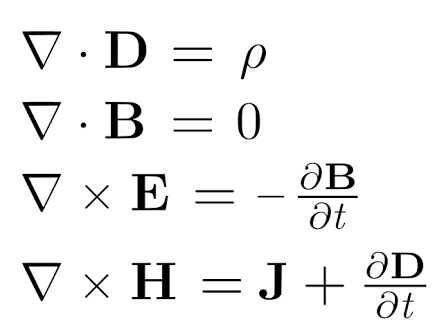 source
source
These equations have been tagged the "second great unification of physics" after the initial realised by Isaac Newton.
Growing up
[1831-1839]Maxwell was born at India street, Edinburgh Scotland to the family of John Clerk Maxwell of Middlebie who was and advocate and his mother Frances Cay. His parents met in their thirties and married each other. His mother was closely 40 by the time he was born. Maxwell was a very curious and inquisitive toddler. At the age of 3, everything that moved or made a noise drew his attention.
Maxwell's Education
[1839-1847]Having recognised the potential of this young chap, Maxwell's mother took the utmost responsibility for his early education. This was a common practice of mothers during the Victorian era. At the age of eight, Maxwell could recite long passages of Milton and the whole of psalm 199 (having 176 verses).
Maxwell's knowledge of the scripture was detailed. Many times he could give the chapter and verse for any quotation from the psalms. His mother died of abdominal cancer in December 1839 when he was eight years old.
From that moment, his education was govern by his father and his father's sister in-law both of whom played germaine roles in his life. He enrolled at Edinburgh Academy after home tutoring by a 16 year old tutor went wrong. The tutor treated him cruelly, scolding him for being slow and wayward. Maxwell was interested in geometry at an early age, he rediscovered the regular polyhedera before he received any formal training.
Maxwell won the school's scripture biography prize in his second year at Edinburgh Academy even though his academic work remained unnoticed until the age 13, when he won the school's mathematical medal and first prize for both English and poetry. His interests ranged widely beyond the school syllabus and he did not pay attention to his examination performance.His first scientific paper was at age 14 where he described a mechanical means of drawing mathematical curves with a piece of twine, cartesian ovals, the properties of ellipses and other related curves with more than two foci. One of his works "oval curves" was presented to the Royal Society of Edinburgh by James Forbes, professor of natural philosophy at the University of Edinburgh because Maxwell was considered too young to present the work himself.
Inner Life
Maxwell was an evangelical presbyterian who in his later days became an elder of the Church of Scotland. His spiritual beliefs coupled with other related activities have been the focus of a number of his papers.• Church of Scotland
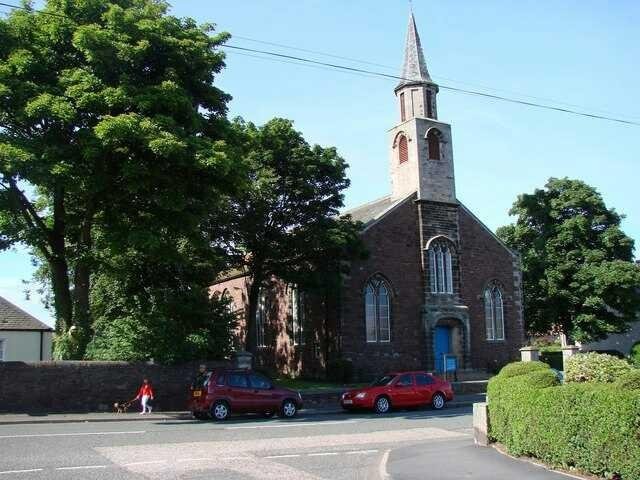
source
At the University of Edinburgh
[1847-1850]Maxwell began attending classes at the University of Edinburgh having left Edinburgh Academy in 1847 at the age 16. His first year tutors were some highly esteemed names, Sir Williams Hamilton (logic & metaphysics lecturer), Philip Kelland (mathematics) and James Forbes (natural philosophy). Maxwell did not find his classes demanding, thus giving him the leeway to bury himself in private study during free time both at the university and at home in Glenlair. There he experimented a lot with electric, magnetic apparatus and improvised chemicals.
Maxwell at the age of 18 contributed two papers for the Transactions of the Royal Society of Edinburgh. One titled "on the equilibrium of elastic solids" which was going to later on be the foundation for an important discovery in his life. The second paper was "Rolling curves". Same as the case at Edinburgh Academy, he was considered too young to present his works himself to the Royal Society of Edinburgh. The papers were presented by his mathematic lecturer Philip Kelland.
• University of Edinburgh in the 19th century
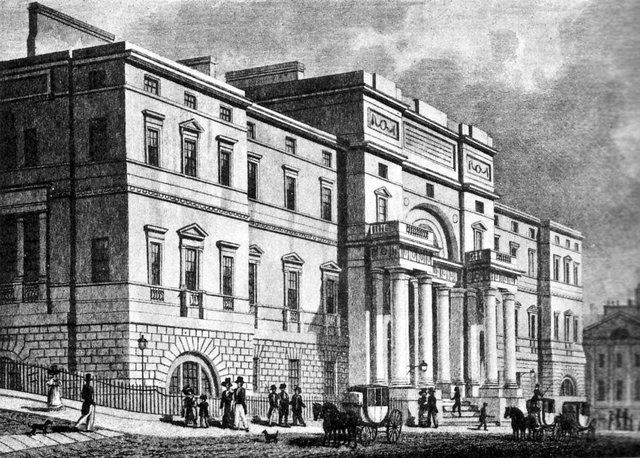
source
At the University of Cambridge
[1847-1850]Maxwell was already an accomplished mathematician in 1850. At Cambridge Trinity College, he was elected to the elite secret society known as " Cambridge Apsotles". His intellectual understanding of his Christian faith and science grew rapidly at Cambridge. The "Apostles" was an exclusive debating society of intellectual elites where through his essays he hoped to work out this understanding.
Maxwell deeply examined his faith, his knowledge of the Bible was remarkable likewise his confidence in scripture was not based on ignorance. He graduated in 1854 with a degree in mathematics. He had the second highest score in the final examination coming behind Edward Routh who later on became another important figure in the mathematics of control systems theory.
• University of Cambridge, Trinity College main entrance
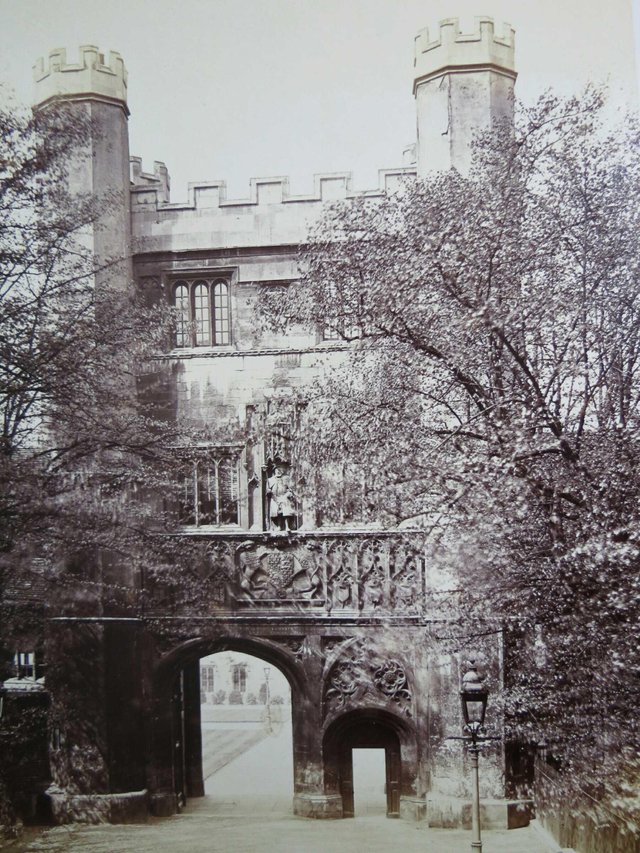
source
At Marischal College
[1856-1860]Maxwell was 25 and was 15years younger than any other professor at Marischal. He became the head of department, revising syllabus and preparing lectures.
He married Katherine who was the daughter of Reverend Daniel Dewar, the principal of Marischal.
• Marischal College, Abeerdeen
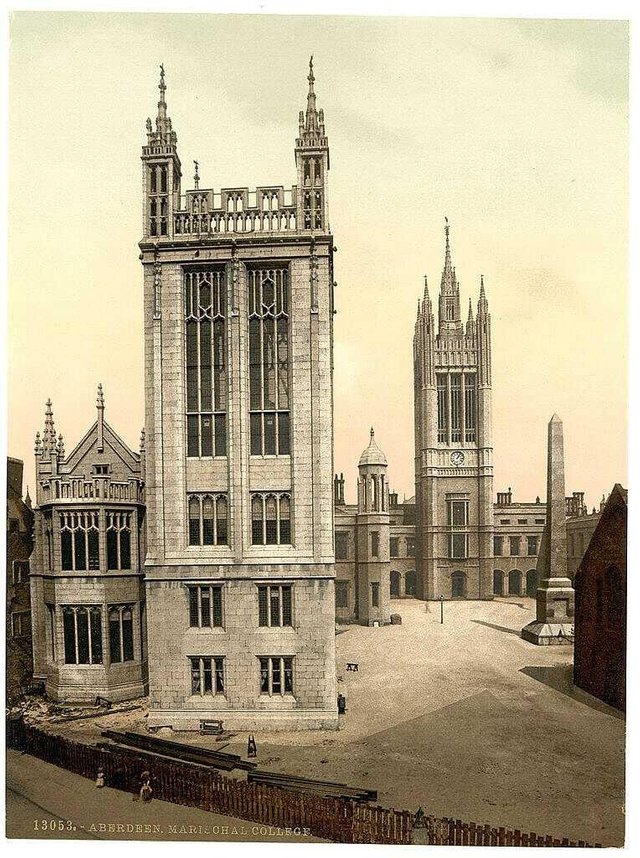 source
source
• Maxwell and his wife Katherine
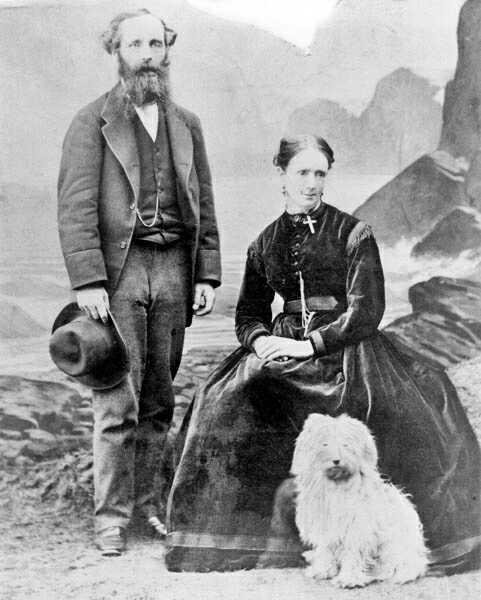 source
source
Next- part 2: Beauty of the Maxwell's Equations.
stay tuned in.
Credits
• My professorReferences & Further Reading
• The BBCIf you write STEM (Science, Technology, Engineering, and Mathematics) related posts, consider joining #steemSTEM on discord here. If you are from Nigeria, you may want to include the #stemng tag in your post. You can visit this blog by @stemng for more details. You can also check this blog post by @steemstem here and this guidelines here for help on how to be a member of @steemstem. Please also check this blog post from @steemstem on proper use of images devoid of copyright issues here

Resteemed by @resteembot! Good Luck!
Curious? Read @resteembot's introduction post
Check out the great posts I already resteemed.
ResteemBot's Maker is Looking for Work